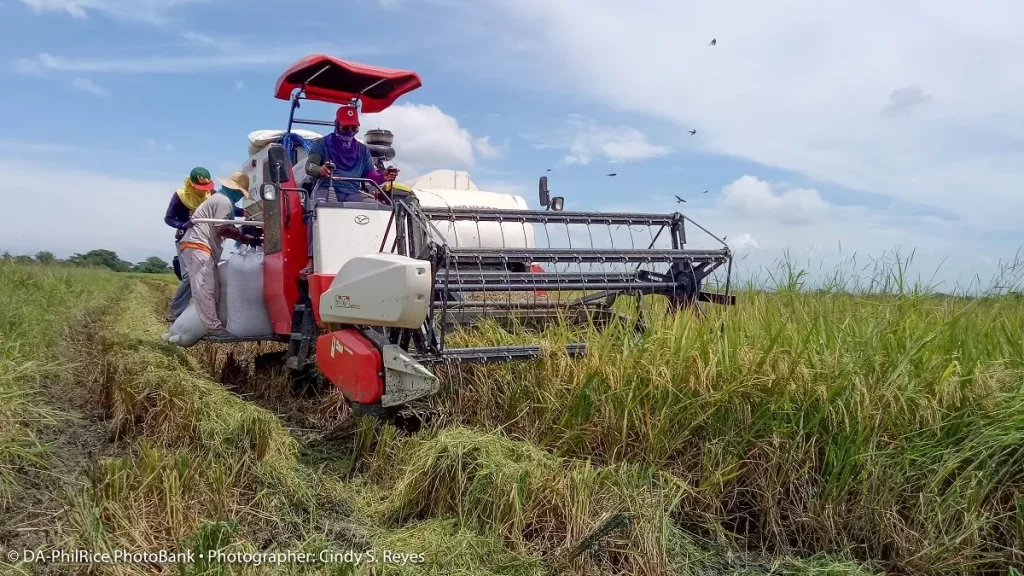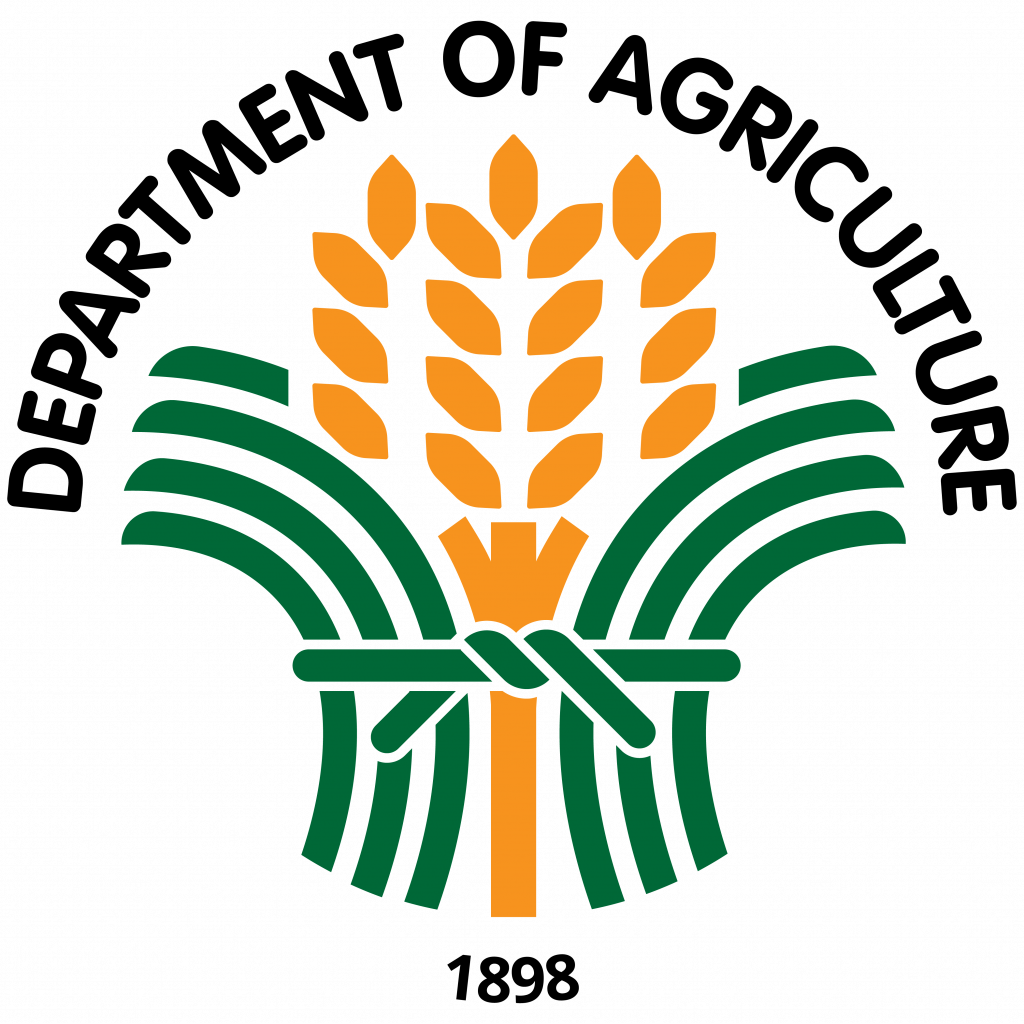
Rice farmers had produced almost 20 million metric tons (MMT) of palay in 2021, hitting an all-time high record, based on data released on Wednesday by the Philippine Statistics Authority.
The new record high palay output of 19.96MMT, which was driven by the strong rice harvest from first to fourth quarter, is 3.4% higher than the previous production of 19.3MMT in 2020.
“We would have easily breached 20MMT as Typhoon Odette damaged more than 130,000MT of palay. [This] shows, however, that we are on the right track in our continuing efforts to increase the production of our major staples, in partnership with millions of our farmers,…local government units, private sector, and agri-fishery industry stakeholders,” Agriculture Sec. William D. Dar said.
The Department of Agriculture (DA) has implemented several measures to boost rice production last year through the Philippine Integrated Rice Program, which includes programs under the Rice Competitiveness Enhancement Fund (RCEF), the National Rice Program, and the Rice Resiliency Project.
The DA-Philippine Rice Research Institute (PhilRice) led the implementation of the RCEF-Seed Program and distributed 1.7 M bags (20 kg/bag) of certified inbred seeds during the 2021 wet season and 1.6 M bags during the dry season. These seeds benefited about 1.4 M farmers.
Under the program, DA-PhilRice also established 233 techno demo sites dubbed as PalaySikatan, where the use of farm machines and certified inbred seeds of nationally and regionally recommended rice varieties are showcased. Seed grower associations were also strengthened to ensure adequate supply of high-quality seeds where these are needed.
In a survey conducted to 6,154 farmers who had received free certified seeds three times, results showed that their yield increased from 3.65t/ha in 2019 dry season to 4.25t/ha in 2021 dry season.
In terms of income, their net profit went up from P19,576/ha in 2019 dry season to P26,637/ha in 2021 dry season. With additional savings from RCEF seeds, their profit further increased to P31,681/ha.
Despite the challenges posed by the pandemic on face-to-face learning, DA-PhilRice’s contribution to the RCEF – Rice Extension Services Program (RESP), to date, includes the capacitation of 261 rice specialists and 1061 trainers across the country, who are tapped to facilitate learning activities on high-quality inbred rice and seed production. DA-PhilRice complements these RCEF-RESP learning activities with science-based information materials delivered through various platforms to reach millions of farmers and extension intermediaries.
Meanwhile, under the Institute’s Rice Business Innovations System (RiceBIS) Community program, rice yield of rice farmers increased from 3.89t/ha to 4.34t/ha under irrigated rice ecosystem and from 1.08t/ha to 2.12t/ha under rainfed ecosystem. The cost of palay production was reduced from P15.26/kg during the 2020 dry season to 14.67/kg during 2021 dry season.
DA-PhilRice also assists by providing technical assistance through its seven branch stations and continues to develop technologies that increase yield and reduce cost to make our farmers more competitive.
“The country attained record harvest years in a row. The Filipino farmers have always been persistent in overcoming agricultural challenges. We thank them for this harvest. The local government units and the policy makers were also instrumental in delivering this milestone—truly a whole of nation approach,” Dr. John C. de Leon, DA-PhilRice executive director, said.
DA-PhilRice is the government’s lead agency on rice research and development mandated to help ensure a rice-secure Philippines. With stations across the country, its programs and projects are in line with the DA’s “Masaganang Ani, Mataas na Kita” battlecry. For more information about the Institute’s programs, queries can be sent thru PhilRice Text Center (0917 111 7423) or email prri.mail@philrice.gov.ph. (PN Staff, Palawan News)
